As a young woman in the 50s growing up in Canada, I was intrigued by hockey and football. Baseball didn’t exist for me then. It hadn’t entered Canadian consciousness, and it would take some years before it did. I didn’t feel deprived. Hockey and football had much to offer at that time, including handsome, vigorous guys.
It wasn’t until the 2010 playoffs that I became a Giants fan. I had watched baseball periodically over the years during the World Series, but I never followed a particular team, except the Yankees, my husband’s favorite club (he’s a former New Yorker). But something about the Giants’ ragtag collection of players, some almost over the hill, captured my interest and kept me engaged into the 2011 season. In the process, I’ve been learning what it means to become a fan, and I’m not sure that I qualify. I’ve also been discovering the world of baseball, and I can understand why so many people are drawn to the game: hope. That’s the key word.
I find myself returning again and again to watching my team even when they aren’t winning or hitting because I hope that something will happen: they’ll have a hitting streak. The pitching will get so hot the opposing team can’t touch it. The Giants will prevail! Hope is the driving force.
While I’ve learned to appreciate the freshman, the new guys on the block (Christian, Belt, Pill, Sanchez: wonderful new talent), I feel more confident in Huff, Torres, Sandoval, De Rosa when they’re playing well The old guys.
Since April, I’ve seen most of the games on TV. I have no desire to visit AT&T’s gorgeous ball park for a variety of reasons, one being comfort. Another is the excellent commentary that accompanies TV coverage. But most important is our delightful LED screen. Watching the game this way, I feel I’m more inside the action than I would experience in person.
Of course, I also regularly check the Giants’ website, keeping updated on recent trades and transactions. Following the players’ records. Generally being informed.
But it’s difficult to keep up this intensity when my favorite team doesn’t have a chance at the playoffs. Okay, I know, I should be more expansive, more interested in the intricacies of the plays, in the future of the club. But I’m not. I can applaud wonderful pitching. I can lust over effortless-appearing home runs. And I can get excited about a well-executed double play. Yet the other refinements don’t interest me. I just want hits and runs. Period. Apparently the Giants’ management seeks the same thing.
How much of this is a reflection on the game as America’s pastime? How much does baseball capture the American psyche? It’s difficult to generalize. Hope isn’t only an American attitude. Most people cling to it, wishing for the best, desiring what can’t be easily attained. Yet hope does seem to be particularly American when partnered with the American Dream. They are long-time lovers, holding hands, clinging to each other. Hope keeps generation after generation striving to attain more than the previous one. So do we as fans, and the baseball players as well, aim for what can’t yet be grasped, that elusive thing waiting around the corner.
Pen-L Press will be publishing my novel Fling in 2015. A wildly comic romp on mothers, daughters, art, and death, the book should appeal to a broad range of readers. While the main characters are middle-aged and older, their zest for life would draw readers of all ages, male or female, attracting the youthful adventurer in most people. Though women may identify more readily with Feather and Bubbles’ daughter and mother struggles, the heart of the book is how they approach their aging selves and are open to new experiences. Since art and imagination are key to this narrative, artists of all ages would find something to enjoy. And because the book crosses many borders (Scotland, Canada, the U.S., and Mexico), it also can’t be limited to a specific age group, social class, gender, or region.
My first fan letter for Fling came from an 80 year-old woman who lives in the tiny village of Christina Lake, B.C. My son, who also lives there, had given her my manuscript to read. She said, “I just wanted to express to you how very much I enjoyed your writing. I started it and didn’t stop till I had read it all. I very much like your style and your subtle humor. Thank you for a most enjoyable read. I can’t understand why it hasn’t been scooped up by some publisher. But I know that it will be. In my estimation I know that it is excellent literary work. I am a voracious reader and have been since grade 4. I remember my first book was Tom Sawyer and I have never stopped since then. I go through 4 to 5 books a week. We are so fortunate here at the Lake now. The Library staff in Grand Forks come out here every Wednesday. I have become very fond of the young lady who comes out. She provides me with all the award winning books and orders others for me. Again I want to express to you how very much I enjoyed your manuscript. Have patience my dear….it will be published to wide acclaim I am so sure.” —Joan Fornelli.
Here is a synopsis:
Feather, an aging hippie, returns to her Calgary home to help her mother, Bubbles, celebrate her 90th birthday. Bubbles has received mail from the dead letter office in Mexico City, asking her to pick up her mother’s ashes, left there seventy years earlier and only now surfacing. Bubbles’ mother, Scottish by birth, had died in Mexico in the late 1920s after taking off with a married man and abandoning her husband and kids.
A woman with a mission, and still vigorous, Bubbles convinces a reluctant Feather to take her to Mexico so she can recover the ashes and give her mother a proper burial. Both women have recently shed husbands and have a secondary agenda: they’d like a little action. And they get it.
Alternating narratives weave together Feather and Bubbles’ odyssey with their colorful Scottish ancestors, creating a family tapestry. The “now” thread presents the two women as they travel south from Canada to San Francisco and then Mexico, covering a span of about six months. “Now” and “then” merge in Mexico when Bubbles’ long-dead mother, grandmother, and grandfather turn up, enlivening the narrative with their antics.
In Mexico, the land where reality and magic co-exist, Feather gets a new sense of her mother. The Indian villagers mistake Bubbles for a well-known rain goddess, praying for her to bring rain so their land will thrive again. Feather, who’s been seeking “The Goddess” for years, eventually realizes what she’s overlooked.
Meanwhile, Bubbles’ quest for her mother’s ashes (and a new man) has increased her zest for life. A shrewd business woman (she’s raised chickens, sold her crafts, taken in bizarre boarders, and has a sure-fire system for winning at bingo and lotteries), she’s certain she’s found the fountain of youth at a mineral springs outside San Miguel de Allende; she’s determined to bottle the water and sell it.
But gambling is her first love, and unlike most women her age, fun-loving Bubbles takes risks, believing she’s immortal. Unlike her daughter, Bubbles doesn’t hold back in any way, eating heartily, lusting after strangers, her youthful spirit and innocence convincing readers that they’ve found the fountain of youth themselves in this character. At ninety, she comes into her own, coming to age, proving it’s never too late to fulfill one’s dreams.
Fling, a meditation on death, mothers and daughters, and art, suggests that the fountain of youth is the imagination, and this is what they all discover in Mexico. It’s what Bubbles wants to bottle, but she doesn’t need to. She embodies it. The whole family does.
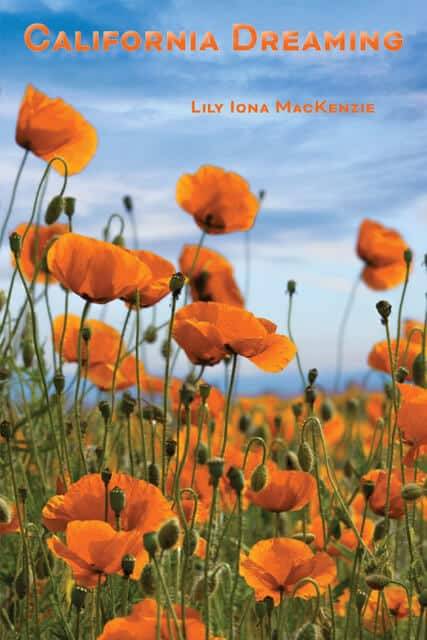
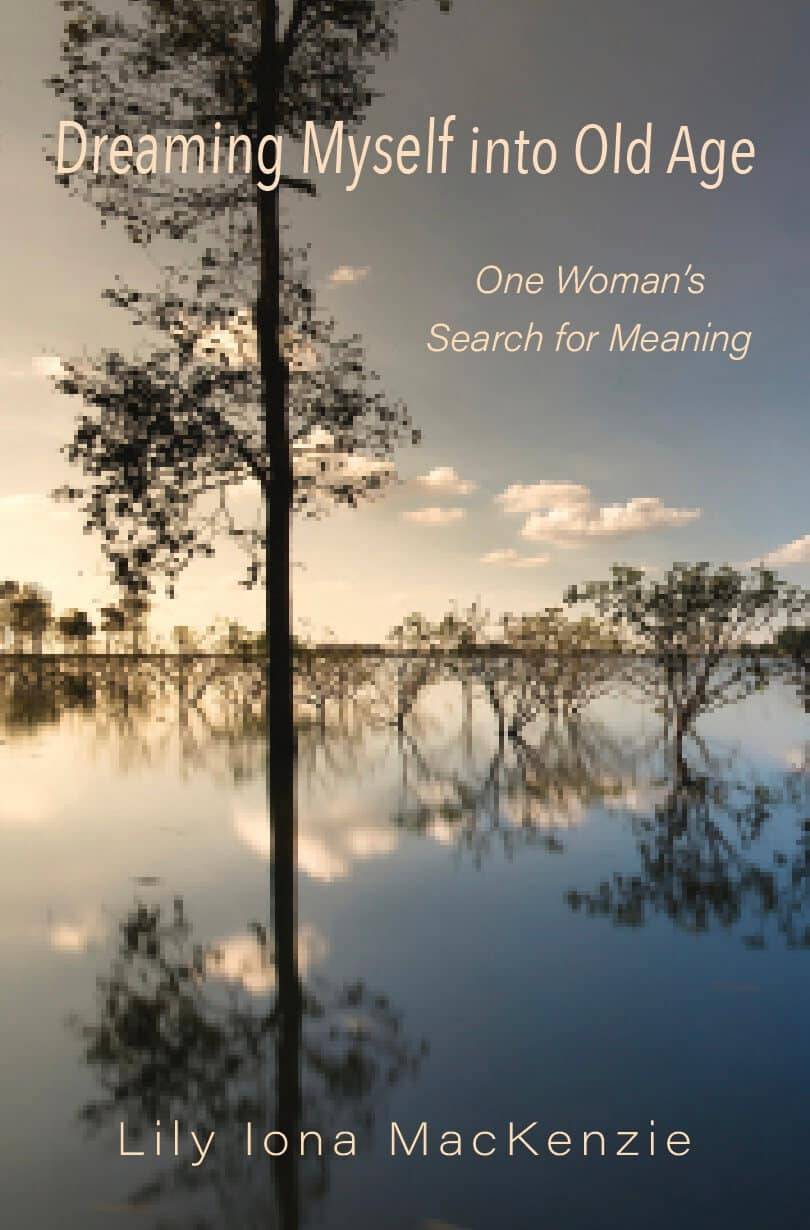


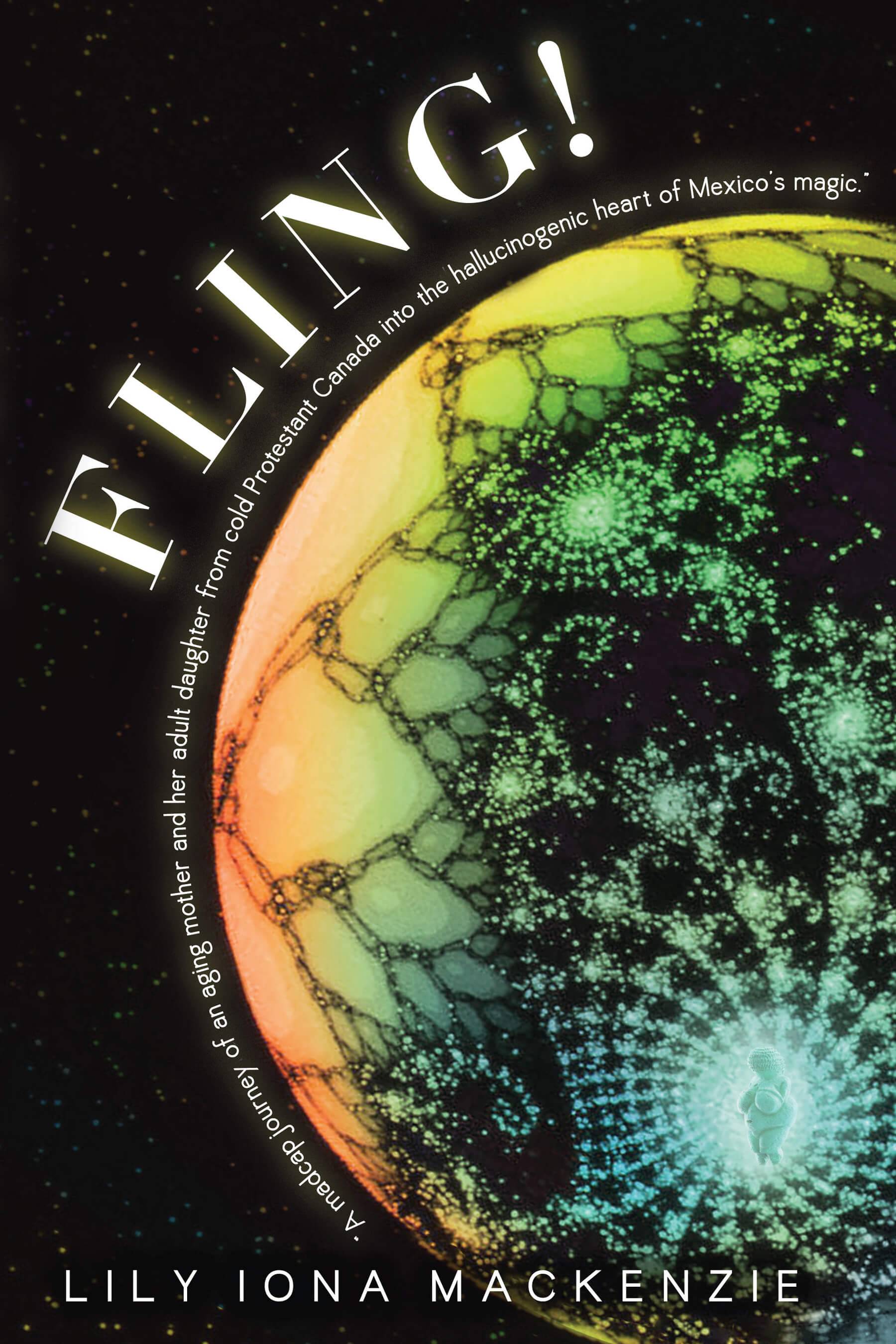







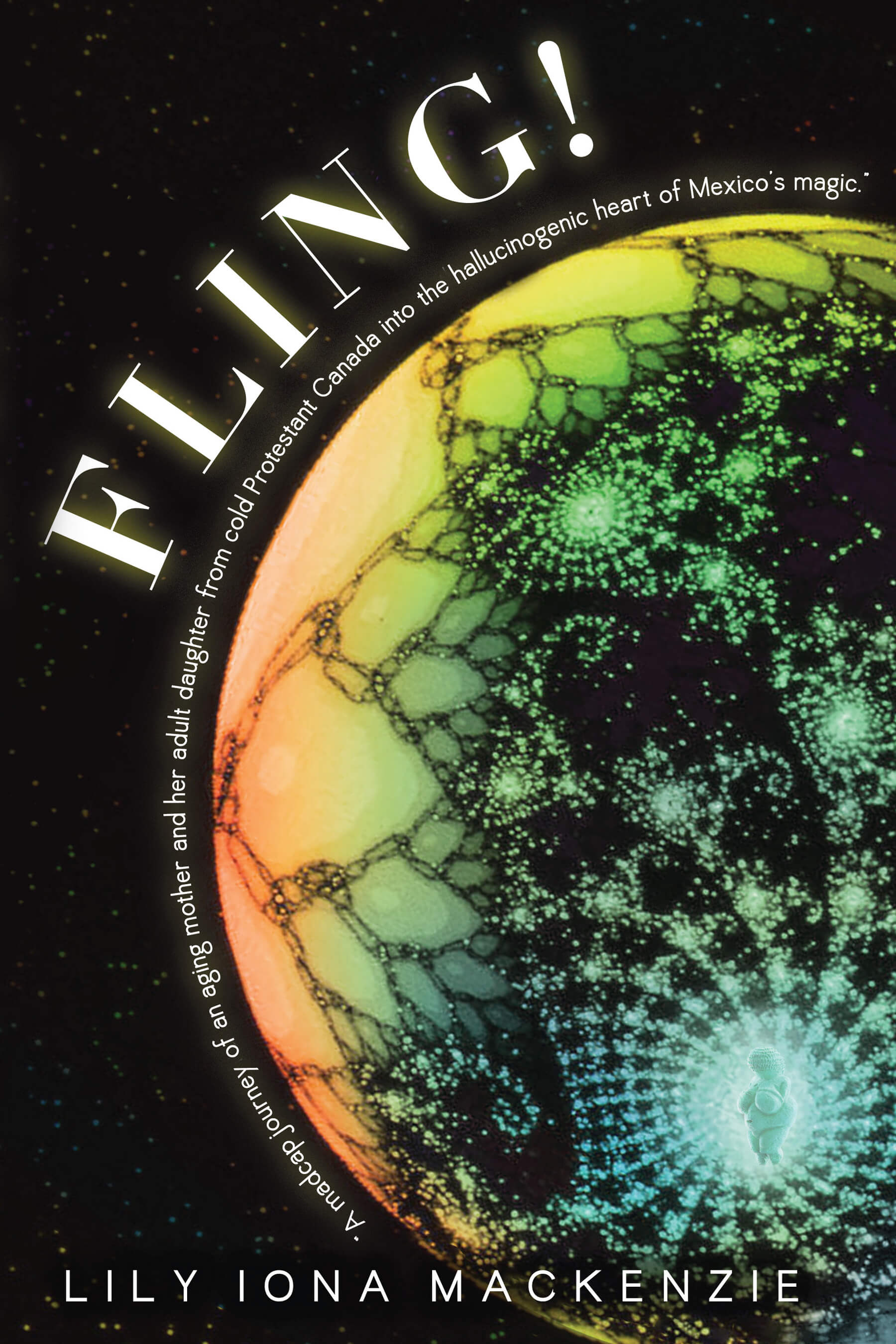
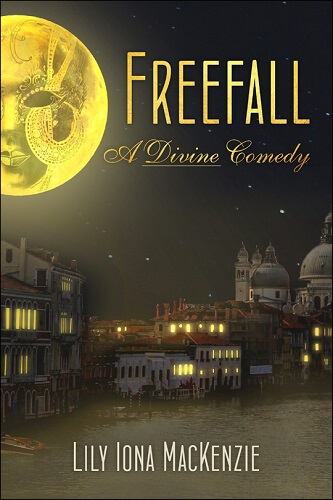
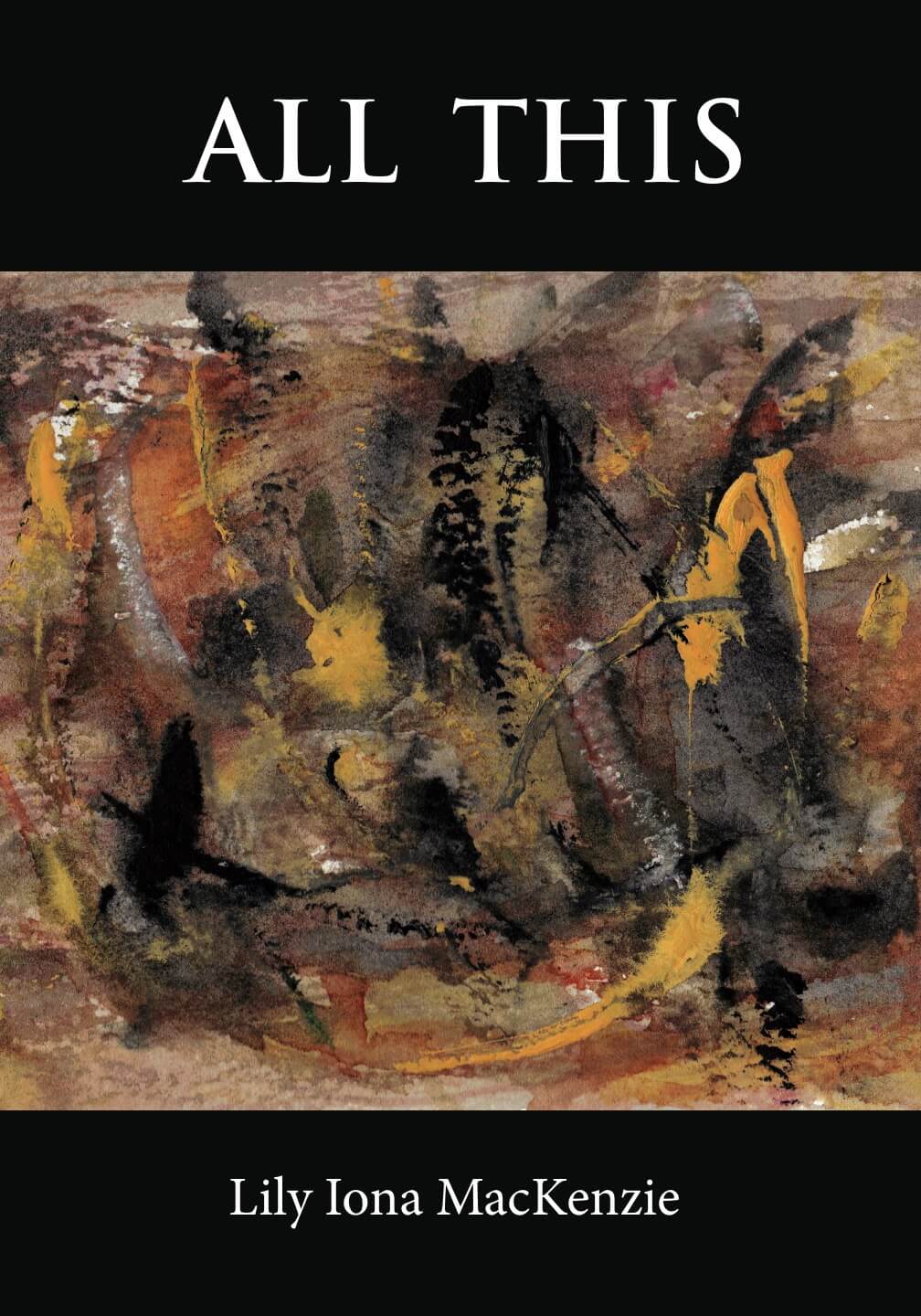
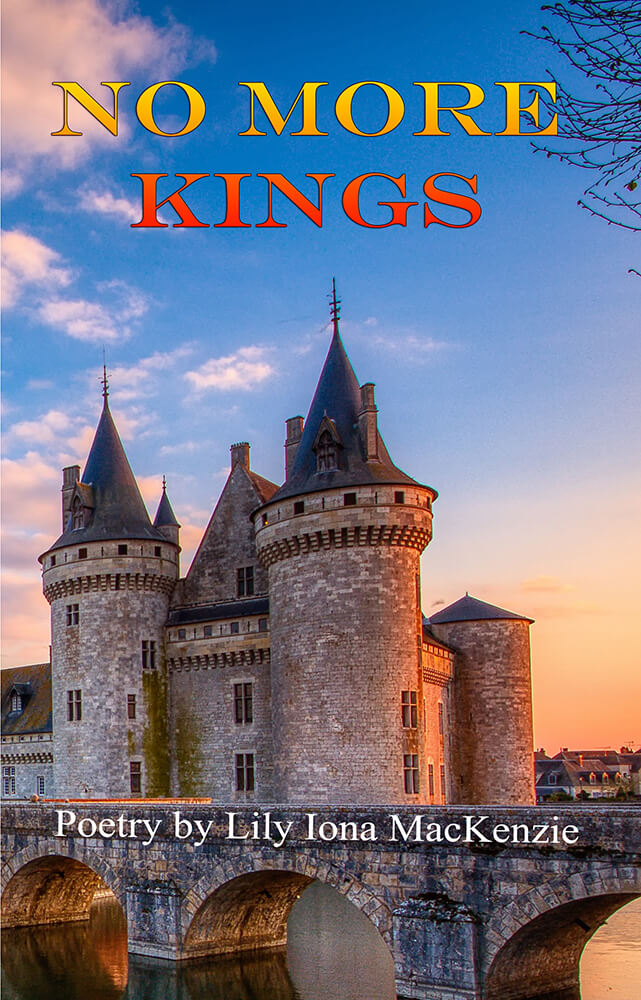








One thought on “Baseball: the national pastime”
Pingback: Giant disappointment! « Lilyionamackenzie's Weblog